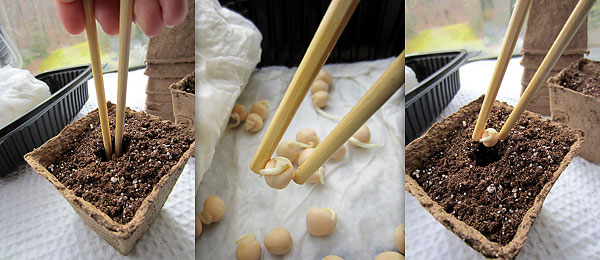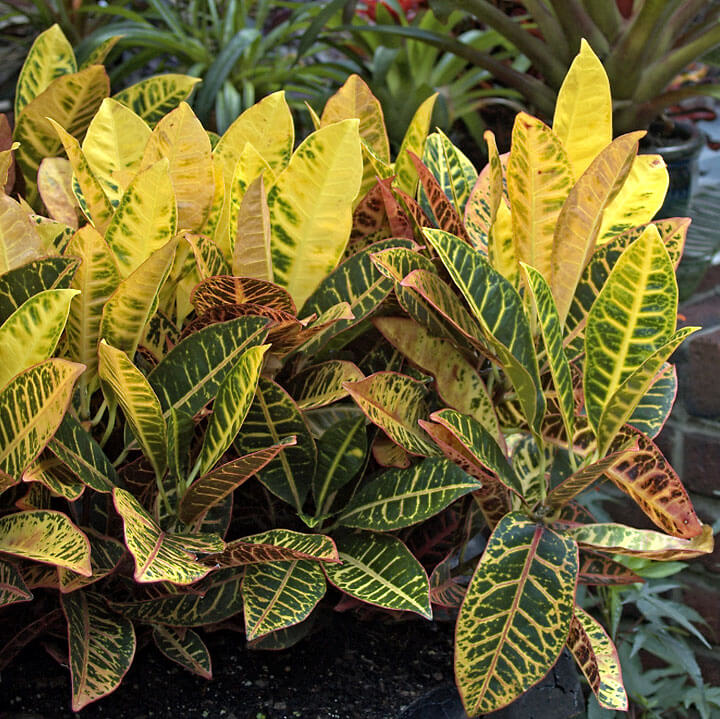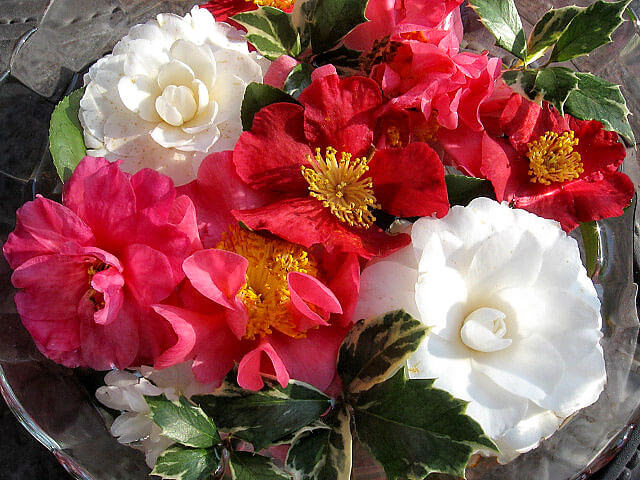
Practice your fine motor and dining skills on your new sprouts. Transplanting sprouts using chopsticks is an easy, clean, and fun way to transplant your seedlings into a larger-sized pot. Simply fill your container with Black Gold Seedling Mix. Poke a planting hole into the loose soil with the chopsticks. Lift the seedling, and then gently place it into the waiting hole. Smooth the soil, water it well, and you are done.






